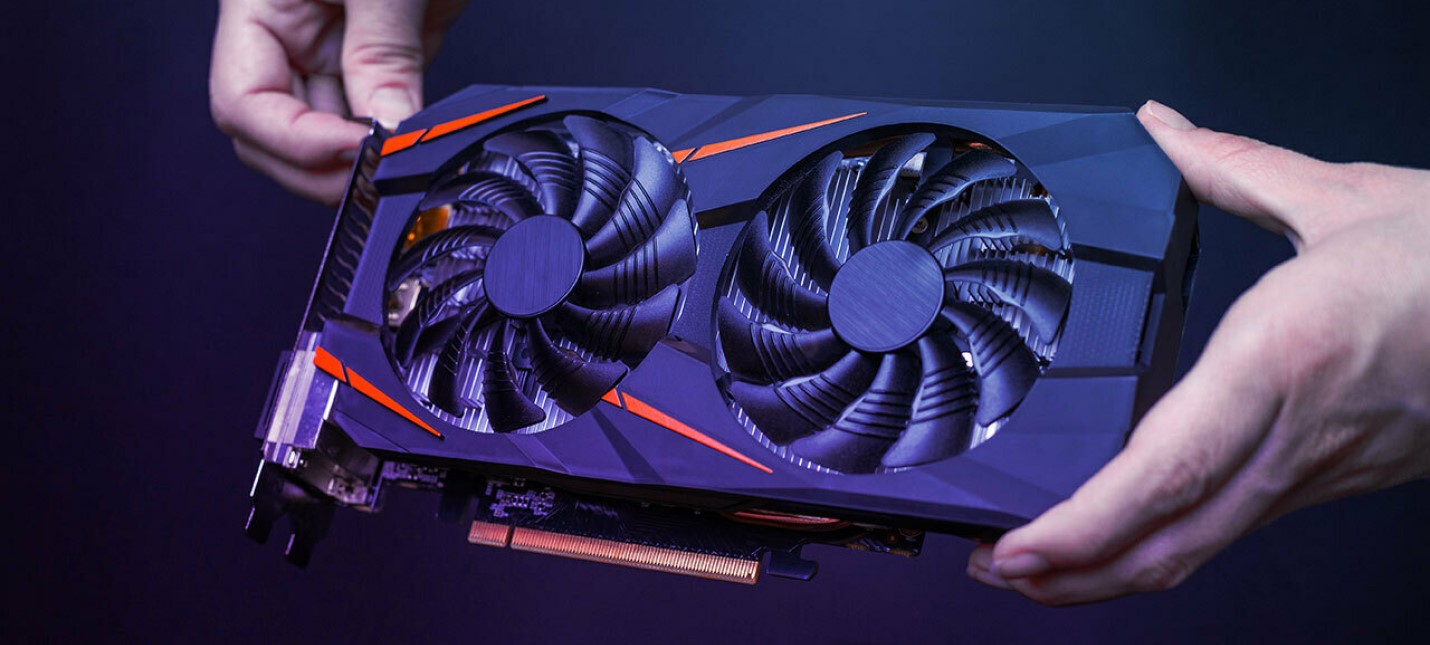Are you curious about how well your graphics card performs compared to the latest models?
Or perhaps you’re considering an upgrade but need to know which benchmarks truly matter in the real world.
Understanding graphic card benchmarks is important for anyone looking to optimise their gaming experience, rendering efficiency, or overall system performance.
In today’s fast-paced tech world, graphics cards are at the heart of high-performance computing, from gaming to professional workstations.
In fact, the market for Graphic Cards is continuous as mentioned in this report by Statitsa, It says: “The global GPU market was valued at $65.3 billion in 2024 and is projected to grow to $274.2 billion by 2029, with a CAGR of 33.2%.”
The benchmark tests provide valuable insight into a card’s performance capabilities, making them essential for selecting the right GPU for your needs.
Let’s explore the six most important graphic card benchmarks every tech enthusiast should know.
1. 3DMark Time Spy (DirectX 12 Benchmark)
One of the industry’s most trusted benchmarks for evaluating GPU performance is 3DMark Time Spy.
Specifically designed for high-end gaming systems, it provides a comprehensive test of a GPU’s capabilities under the DirectX 12 API, a platform that pushes graphical limits. For Intel graphic cards, Time Spy stress-tests performance by utilizing advanced visual effects like ray tracing and complex shader computations, offering a thorough profile of how well these GPUs handle demanding tasks.
What it Measures:
- Gaming performance under extreme workloads
- Rendering efficiency and frame rates
- DirectX 12 capabilities
Time Spy helps assess whether a card can handle modern, demanding AAA games that utilize the latest graphical technology.
3DMark Time Spy is essential for benchmarking GPU power in modern gaming. It tests everything from frame rates to rendering quality under cutting-edge graphical demands.
2. Unigine Superposition Benchmark
Unigine’s Superposition Benchmark offers a deep dive into GPU performance with a focus on both real-time performance and stress testing. It’s one of the most challenging benchmarking tools out there, especially for GPUs that support high-quality 4K or VR gaming.
What it Measures:
- GPU performance in extreme visual scenarios
- VR readiness and stability
- Frame rates at ultra-high resolutions (up to 8K)
Superposition provides a reliable measure of how a GPU performs at ultra settings across a range of VR and 4K workloads. It’s a great tool for enthusiasts looking to push their hardware to the limit.
3. Geekbench 5 (OpenCL and Vulkan Benchmark)
Geekbench 5 provides a multi-faceted GPU benchmarking tool that goes beyond gaming and into general-purpose computing tasks. Unlike other benchmarks, it evaluates both CPU and GPU performance under real-world conditions.
Trusted Reviews in one of its writeup says:
Geekbench 5 is a benchmarking tool designed to assess the performance of your device comparing it to other scores, you can judge how well it performs.
The scores themselves, without context or comparison, are essentially meaningless, but they gain their value when stacked up against others.
It’s an excellent option for users with mixed workloads—whether for gaming or creative applications such as video editing or 3D rendering.
What it Measures:
- GPU performance with OpenCL and Vulkan APIs
- CUDA core power for tasks like video encoding and decoding
- Real-world computing applications
Why it Matters:
Geekbench offers a practical way of evaluating a GPU’s ability to handle tasks outside of gaming. This makes it ideal for creatives or professionals working in data-intensive fields like artificial intelligence or scientific simulations.
4. GFXBench (Cross-Platform Benchmarking)
GFXBench is a well-established cross-platform benchmark tool that evaluates GPU performance in mobile and desktop environments. It’s particularly effective in evaluating how a GPU performs with both OpenGL ES and Metal, offering insight into performance across both desktop and mobile devices.
What it Measures:
- Frame rates in gaming and graphical workloads
- Cross-platform GPU performance on Windows, macOS, and Android
- Power efficiency during intensive tasks
As GPUs are increasingly used across various devices, GFXBench allows for cross-platform comparisons. It’s an excellent choice for mobile gaming enthusiasts and professionals looking to assess performance across multiple devices.
5. Blender Open Data Benchmark
For professionals in the 3D modelling, animation, and rendering space, the Blender Open Data Benchmark offers invaluable insights into GPU performance during the rendering process. Unlike typical gaming benchmarks, Blender stresses the GPU in realistic, high-precision workloads common in professional creative workflows.
What it Measures:
- Rendering speed for 3D models and complex animations
- GPU’s ability to handle large-scale visual effects and simulations
- CUDA, OpenCL, and OptiX acceleration performance
As more creatives transition to GPU-accelerated rendering, Blender’s benchmark provides a practical measure of a card’s performance in professional-grade projects.
6. PCMark 10 (Productivity and Workload Benchmark)
While gaming benchmarks dominate the GPU conversation, PCMark 10 focuses on evaluating general computing tasks, making it essential for those using GPUs in office, content creation, or productivity environments.
It measures GPU performance during everyday tasks like video conferencing, web browsing, and document editing, as well as high-demand tasks like video editing.
What it Measures:
- Productivity workloads (web browsing, photo editing, etc.)
- 3D rendering and video editing capabilities
- Power efficiency under common workloads
PCMark 10 is useful for those who want to know how well their GPU handles non-gaming tasks and offers valuable insight into a GPU’s overall efficiency.
Conclusion: Choosing the Right Benchmark for Your GPU Needs
As we’ve explored, different benchmark tools focus on distinct aspects of GPU performance. Whether you’re a gamer, content creator, or professional working in high-performance computing, understanding these benchmarks ensures that you make an informed decision when selecting a GPU for your specific needs.
- For gamers: Use 3DMark Time Spy or Unigine Superposition to gauge your card’s ability to handle modern games.
- For professionals: Rely on Geekbench 5 or Blender’s Open Data Benchmark for accurate assessments of rendering power.
- For cross-platform users: GFXBench is the best choice for mobile and desktop comparisons.
- For general productivity: PCMark 10 is a great benchmark to measure real-world usage.
By using the right benchmark tools, you can ensure that your GPU is up to the task, providing you with the performance and efficiency needed for your unique applications.





